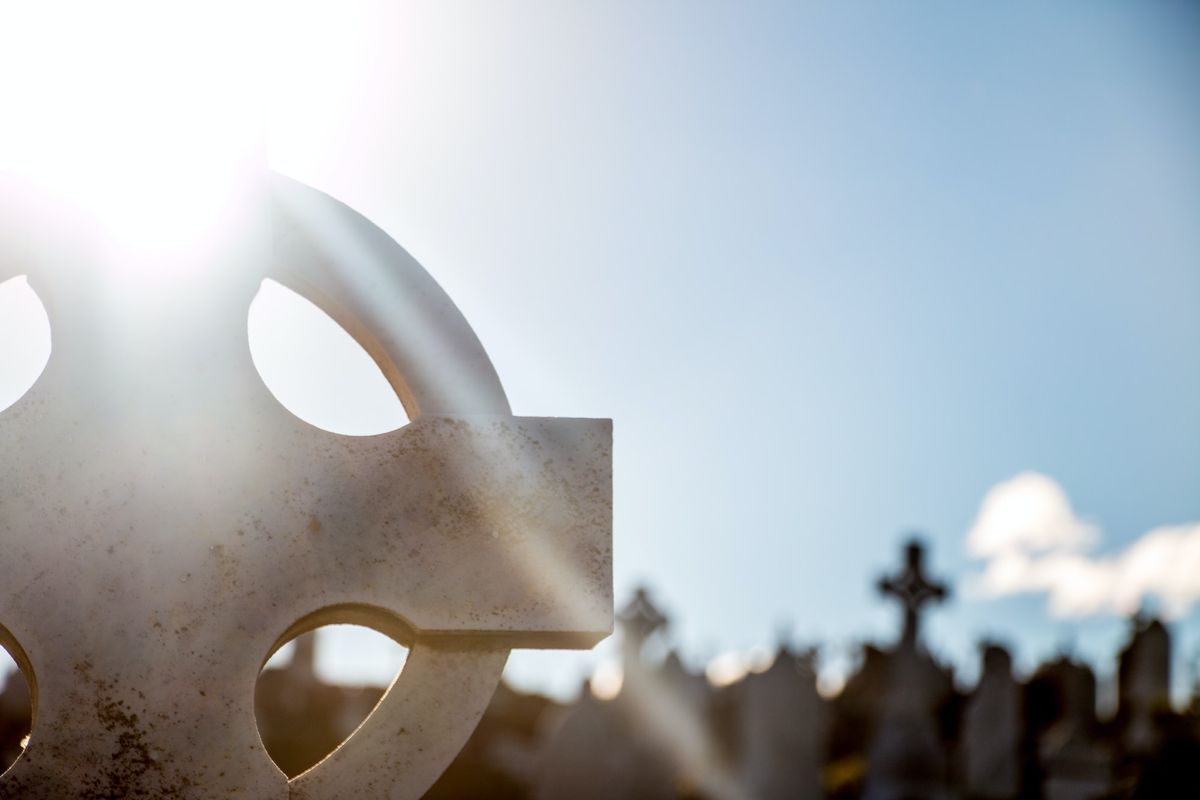Green Burial Growing Slowly as an Option

It may not be a pressing concern at the moment but the question of how to handle your remains after death is one that’s starting to be considered by many environmentally aware consumers.
Traditional burial in a graveyard has rather severe environmental costs. Graves take up valuable land, leak embalming chemicals and involve non-biodegradable materials like concrete, as well as the plastic and steel that make up many caskets. But the other mainstream option — cremation — releases dangerous chemicals and greenhouse gasses into the environment.
So, what’s an environmentalist to do when making plans for the end of life?
A study from the University of Kansas in the journal Mortality details how older environmentalists consider death care and how likely they are to choose “green” burials and other eco-friendly options.
“This article is specifically asking if older adult environmentalists consider how their bodies are going to be disposed as part of their environmental activism,” said lead author Paul Stock, associate professor of sociology and environmental studies at the University of Kansas.

Stock and co-author Mary Kate Dennis of the University of Manitoba interviewed 20 people in Kansas. Participants were 60 years and older, engaged in environmental activities and possessed spiritual values that guided their environmentalism.
They found that many respondents were favorably inclined toward the concept but didn’t know much about it.
“We were often the ones introducing these people that are so knowledgeable in so many areas of the environment and activism to green burial. We would ask them, ‘Do you want your body to be buried in a green burial?’ And many would say, ‘I don’t know what that is, can you tell me about it?’” Stock said.
In a green burial, the body is placed in the soil, often with no more than a wrap, thus allowing decomposition to occur naturally, returning valuable minerals to the earth.
But Stock said the practice of green burial remains clouded by a funeral industry looking to make profits, and it can be influenced by considerations of family, religious and cultural traditions, as well as the practices of institutions like the military that carry out funerals.

Cremation the most popular choice
The researchers found more than half of their environmentally minded participants planned on eventual cremation.
Among those planning burials, there was “unequal knowledge about green burial as an option” even though Lawrence, Kansas, where the university is located, is at the vanguard of green burial in its municipal regulations and even boasts a green-burial section in the local cemetery, Oak Hill, where “metal, concrete, plastic, other synthetic materials and/or stone may not be used for interment.”
“We heard different stories and different requests or thoughts of what they’re going to ask their loved ones to do with their bodies,” Stock said. “The introduction of green burials is very much — like a lot of their thoughts on where or how they wanted to be disposed of — about a sense of place. What struck us and what was so interesting was that Lawrence had, at least at the time, the only municipal-owned cemetery in the country that allowed green burials.”
The researchers predicted that as green burials gain in popularity, more options for green disposal of bodies will become commonly available, even ones that today seem eccentric.
“The mushroom suit — when we talk about that with our undergrads they’re usually sort of puzzled and intrigued,” Dennis said. “People wonder, ‘How does that work?” But it’s an interesting one. Basically, you’re wrapped in material and then mushrooms grow out of you, and it cleans the toxins. There’s going to be more new and awesome ways to be buried that we haven’t even heard of yet.”
